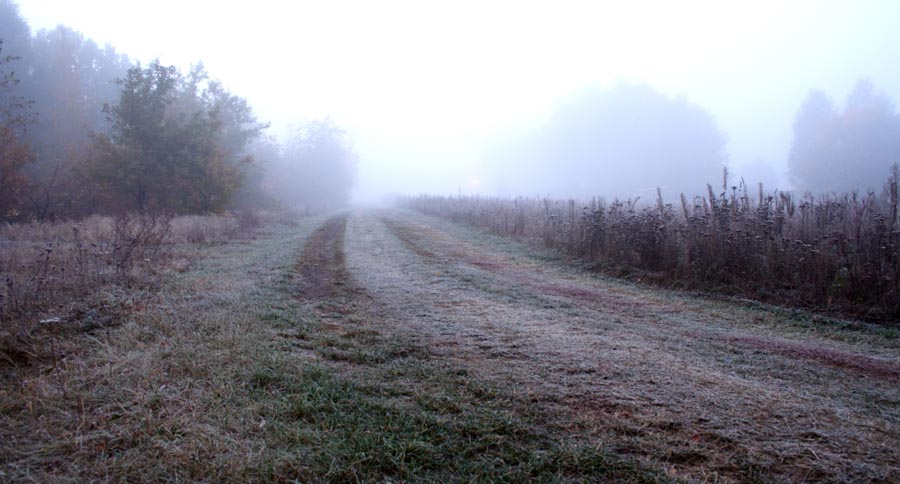
Do you find yourself asking: Why is my Bermuda grass turning brown? That’s quite a bummer considering it’s not that easy to grow a lawn.
There could be a variety of reasons for the browning of your Bermuda grass. Let’s discuss these reasons one by one.
Why is My Bermuda Grass Turning Brown?
Often Bermuda grass turns brown as the temperature drops or because the soil is not aerated enough. It could also be a sign of disease that requires your attention. Keep your bermuda grass well maintained and it is less likely to turn brown.
About Bermuda Grass
Before we talk about why your Bermuda grass is turning brown, let’s talk a bit about this type of grass.
It has many names. Scientifically, it is known as Cynodon dactylon. It’s most popular name is Bermuda but it is also called by the following names:
- Bahama grass
- Couch grass
- Devil’s grass
- Indian doab
- Scutch grass
- South grass
- Wiregrass
Originally
This type of grass came from Africa, Australia, Europe, and some parts of Asia. It is not a native of Bermuda or even the Americas.
However, it does exist in abundance in Bermuda. According to history records, it was the Spanish who brought Bermuda grass to Bermuda.
Characteristics:
The blades of Bermuda grass are grey-green in color and grow between two and 15 centimeters long. They have rough edges, too.
On the other hand, the stems can grow between one and 30 centimeters.
Bermuda has a deep root system, which is great in terms of maintenance. This means that Bermuda will survive drought and heavy flooding.
Want to know more?
This type of grass is a popular lawn grass.
Not only that, it is also popular in pastures while also used on sports fields and golf courses. You may also see Bermuda grass in parks.

Moreover
It is a warm-season grass that is cold-tolerant. That characteristic really makes this an attractive grass. That’s why you could see this used in various places.
Also, Bermuda grass is not fussy. It can grow in most soil types. While it certainly thrives under the sun, it could also grow in partial shade.
Plus!
It grows really quickly. When it is thriving, it’s almost hard to get rid of it.
This begs the question: Why would you get rid of it? Everybody needs a lawn at home where people could hang out, play games, host barbecues and parties, among other things.
A lawn will also upgrade the look of your home.
But but but
When you see parts of the Bermuda grass browning, the lawn may not look as beautiful as you intend it to look.
That could also affect how it would complement your home.
Reasons Why Bermuda Grass Turns Brown
Here are a few reasons why your lawn may be changing color. Usually, the issue is that it turns brown. Sometimes, it also turns yellow.

1. Cold season
Bermuda grass is a warm-season grass. It is tolerant of the cold but it could go brown when temperature goes down.
You see
The grass thrives when the temperature is 65℉ / 13℃. When the temperature goes below 55℉ / 12.8℃, Bermuda grass goes dormant. As a result, it will turn brown.
There’s no need to worry, though, as the grass would go back to its normal green color at the start of spring.
2. Soil compaction
No plant enjoys soil compaction and Bermuda grass is no different. You need to aerate the soil so that oxygen and water can easily pass through.
The lack of possible air passage could suffocate the roots of the Bermuda grass and could also drown them because of inadequate drainage.
Here’s what you need to do:
You need to aerate your lawn. If not, brown patches would start appearing.
Aerating your lawn will also help remove thatches, which are also reasons why water cannot penetrate the soil.
But how do you know that the reason for the browning is soil compaction?
Easy!
If the temperature is not cold and your lawn is starting to brown anyway, then soil compaction could be the reason.
To confirm that, look for puddles after you just watered your lawn. That’s definitely an indication that the lawn doesn’t have adequate drainage.
3. Growing in shade
While your Bermuda grass is perfectly capable of growing healthy under partial shade, it still needs sunlight. All plants need light!
If you are growing the grass in partial shade, you have to maintain the grass at a higher height.
Here’s the deal
Since the grass will need sunlight, it will do whatever it takes to get sunlight. This means that the blades will stretch themselves out in order to get a dose of sunlight.
Pretty smart, eh?
However, that action will cause the blades to grow thin and weak. On the other hand, as it becomes taller, it will shade the lower portion of the lawn.
Then the lower part starts to brown.
The solution?
When you mow the grass, keep them long. But not too long that they would also cover the lower bits.
Your mowing height should be 2.25 to 2.5 inches.
By the way
Regular mowing of the grass will keep it from turning brown. That’s one of the more important lawn care tips to remember.
If you are growing your Bermuda grass under the shade, mow as regularly as you can to keep it to its ideal height.

4. Disease(s)
Yes, your grass could have a disease as well.
Think about this
If your problem is soil compaction, then the browning only occurs in patches. However, if the brown parts are easily spread out, that usually means the problem is a disease.
There are a few diseases that could make your lawn turn brown. Here are some of them:
Brown patch disease
This is some sort of fungal infection caused by the pathogen Rhizoctonia. This is usually caused when the nighttime temperature spikes, somewhere around 70℉ / 21℃, then Rhizoctonia fungus could wreak havoc in your lawn.
Bermuda grass prefers nighttime temperature to be around 60℉ / 15.5℃. You know that it’s brown patch disease because it starts as a small brown patch or circle that would then enlarge.
What to do:
You would need a liquid fungicide to treat the brown patch. You want to treat it as soon as possible before it spreads even farther.
Dollar spots
This is a soil-borne fungus that causes your Bermuda spots to have brown spots. Don’t worry though, even if the fungus is from the soil, it only affects the grass blades and not the roots.
This happens because of dry soil. The roots will stay dry but since you have the morning dew, the blades start to rot, hence, it starts turning brown.
What to do:
They say that prevention is better than the cure, and that holds true in this situation. Use high-nitrogen fertilizer to prevent dollar spots.
In terms of treatment, you would need fungicide to stop the disease from spreading.

Leaf spot
This looks exactly how it sounds. There will be brown spots on your grass blades. If left untreated, especially since they are not easy to spot, your grass will wilt, which will result in browning.
It is caused by the fungus Helminthosporium, which usually comes out when you are experiencing a wet spring. That’s a problem especially when the grass is just coming out of dormancy.
What to do:
You can prevent this by always dethatching in late fall or early spring. It’s always better to prevent this type of disease than to treat it.
But there is always fungicide to treat this problem.
Spring dead spot
This is quite an irritating disease because it comes out when you properly take care of your lawn. It’s like you are being punished for keeping a well-manicured lawn.
The fungus that causes this disease attacks adequately fertilized Bermuda grass. It will cause the grass to have brown circles as if bleach was thrown into some parts of the lawn.
What to do:
You have to be more careful when you apply fertilizer. You have to know how much is just right to prevent the fungus from attacking.
Again, this can be treated with fungicide. But to prevent it, you need to balance fertilizer application during spring or summer and fungicide when the grass is dormant.
Summary
Why is my Bermuda grass turning brown? There are several reasons why this is happening. Sometimes, it’s just as easy as the grass is starting to go dormant because it’s getting colder.
There are also times when it is as difficult as the grass having a disease. There are also several fungi that could cause diseases that result in the browning of the lawn. You have to treat the grass with fungicide as soon as possible to prevent it from spreading out.
In some cases, it’s just a matter of maintenance. The soil may just need aeration and dethatching to keep the grass from turning brown. A well-maintained lawn is usually good prevention of browning.
Useful Resources
- Growing Bermuda Grass: Learn About the Care of Bermuda Grass – Gardening Know How
- Tips for Green Bermuda Grass – SFGATE
- Bermudagrass Diseases and Disorders – University of Arkansas System

